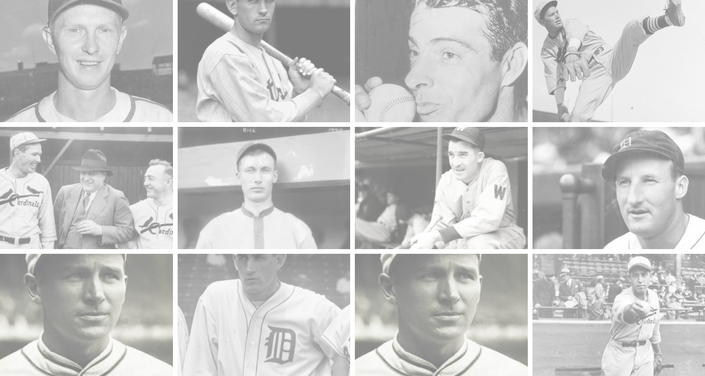Philadelphia makes 13 errors and allows the Reds to score 6 runs in the 9th inning‚ but nonetheless wins, 14 – 13, in 10 innings.
Philadelphia makes 13 errors and allows the Reds to score 6 runs in the 9th inning‚ but nonetheless wins, 14 – 13, in 10 innings.



